ART CITIES: Paris-Et la Guêpe entra dans la Figue
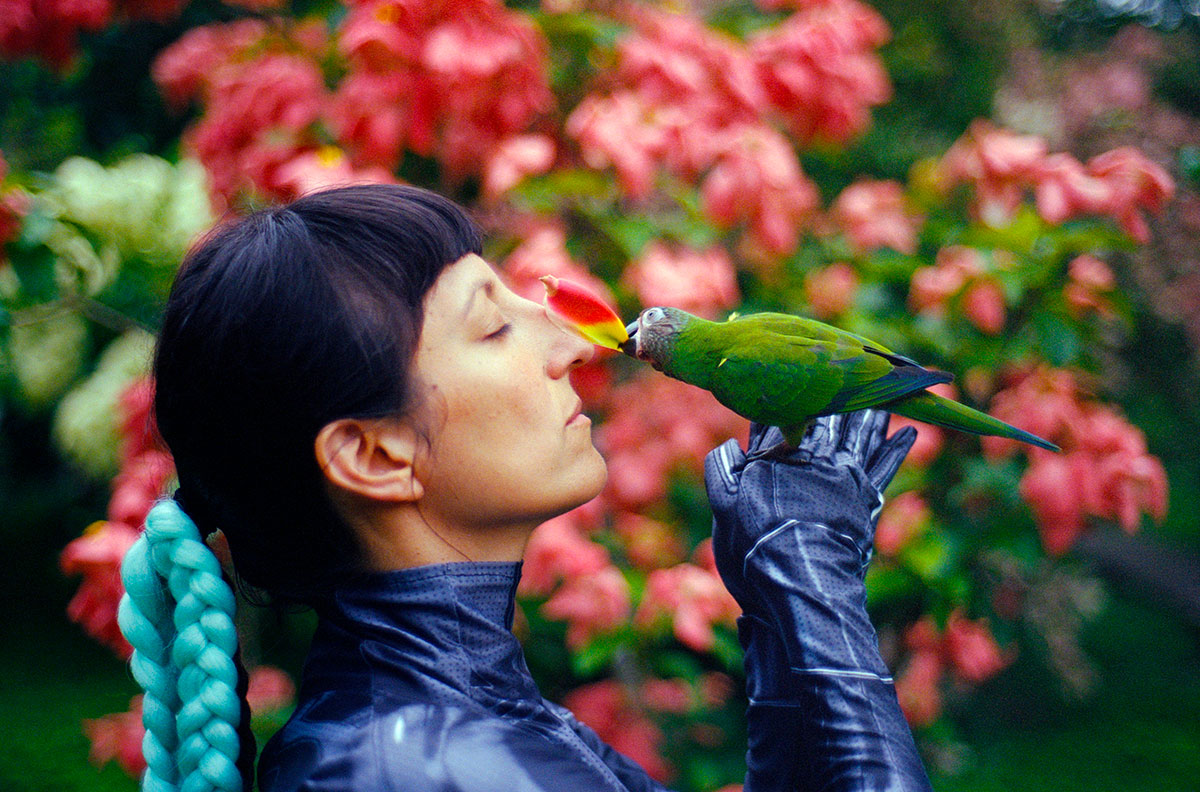 The exhibition “Et la guêpe entra dans la figue” (And the wasp entered the fig) brings together artistic practices that explore alternatives to a linear vision of time and connect worlds that are often pitted against each other. They invoke ancestral technologies and hybridise technology and the living. Could it be that the capacity for adaptation, multiplication and hybridisation of species thousands of years old are technologies in themselves?
The exhibition “Et la guêpe entra dans la figue” (And the wasp entered the fig) brings together artistic practices that explore alternatives to a linear vision of time and connect worlds that are often pitted against each other. They invoke ancestral technologies and hybridise technology and the living. Could it be that the capacity for adaptation, multiplication and hybridisation of species thousands of years old are technologies in themselves?
By Dimitris Lempesis
Photo: Galerie Spiaggia Libera Archive

In their search for non-human allies, some of them unicellular, invisibilised ancestral knowledge and augmented spiritualities, the participating artists are calling for a return to equilibrium, where humanity can learn again to live in symbiosis with its environment. The title of the exhibition, “Et la guêpe entra dans la figue”, is inspired by the symbiotic relationship between the agaonid wasp and the fig tree, a mutualism born of thousands of years of co-evolution. The fig is its floral receptacle, which only it can penetrate. It is there that it is born, lays its eggs and decomposes. This interdependence also benefits the fig tree, whose pollen is dispersed. Ánima Correa’s paintings and installations illuminate the intricate infrastructures interlocking image circulation, geopolitical relationships, and psychic space. Her work explores notions of extractive myopia, or the imaginary distance from or blindness towards physical extraction of earth minerals and substances which enable global connectivity and the endurance of colonial legacies. Through a wide-reaching research based practice encompassing optics, divination, pop culture, biophysics, geology and Latin American history, Correa threads together images which evoke the contemporary phantasmagorical experience of seeing, perceiving, and diagnosing. Patricia Domínguez is an artist, educator, and defender of the living. She brings together experimental research on ethnobotany (the study of how people from certain cultures use indigenous plants), healing practices, and the corporatization of wellbeing in her practice. Her work focuses on the transference from colonial times to neoliberal practices of extraction and overworking. Trained in contemporary art as well as in traditional botanical illustration, Domínguez assembles futuristic totems in which our interconnections with plants are explored and given meaning. Katja Novitskova’s work tackles the complexity and eventual failures of depicting the world through technologically driven narratives. By uniting art and science to the level of nature, Novitskova brings awareness to the mediation and representation tools used to depict these realms. She was artist in residence at the Rijksakademie van Beeldende Kunsten in Amsterdam from 2013 to 2014. Timur Si-Qin’s interests in the evolution of culture, the dynamics of cognition, and contemporary philosophy, weave together to create a new kind of environmental art. Taking form through diverse media, installations of 3D printed sculptures, light-boxes, websites, texts, and virtual reality, Si-Qin’s work often challenges common notions of the organic vs the synthetic, the natural vs the cultural, the human vs non-human, and other dualisms at the heart of western consciousness. Si-Qin’s long term meta-project is the proposal of a new secular faith in the face of climate change, global pandemics, and biodiversity collapse, called New Peace. Through New Peace individual works aggregate into a hyper-distributed, branded ecosystem of signifiers. Drawing from disparate disciplines like the anthropology of religion, marketing psychology, and new materialist philosophy, Si-Qin regards spiritualities as cultural softwares capable of deep behavioral and political intervention. New Peace is thus a new protocol for the necessary renegotiation of our conceptual and spiritual relationship with the non-human. New Peace is an artwork, a church, a brand, and a memetic machine. Jenna Sutela is a Finnish artist based in Berlin. She works with biological and computational systems, including the human microbiome and artificial neural networks to create sculptures, images and music. Sutela works with words, sounds, and other living media. She engages with both futuristic and ancient materials in audiovisual pieces, sculptures, and performances. Sutela’s work seeks to override aspects of culture based on a survival-of-the-fittest narrative in favor of symbiotic relationships between all life forms, both organic and synthetic.
Participating Artists: Ánima Correa, Patricia Domínguez, Katja Novitskova, Timur Si-Qin and Jenna Sutela
Photo: Patricia Dominguez, Matrix Vegetal, 2022, single-channel 4K video with sound, 21min 14sec, Courtesy the artist & The RYDER
Info: Curators: CRO (Félicien Grand d’Esnon & Alexis Loisel-Montambaux), Galerie Spiaggia Libera, 56 rue du vertbois, Paris, France, Duration: 14/3-11/5/2024, Days & Hours: Wed-Sat 11:00-19:00, https://spiaggia-libera.com/
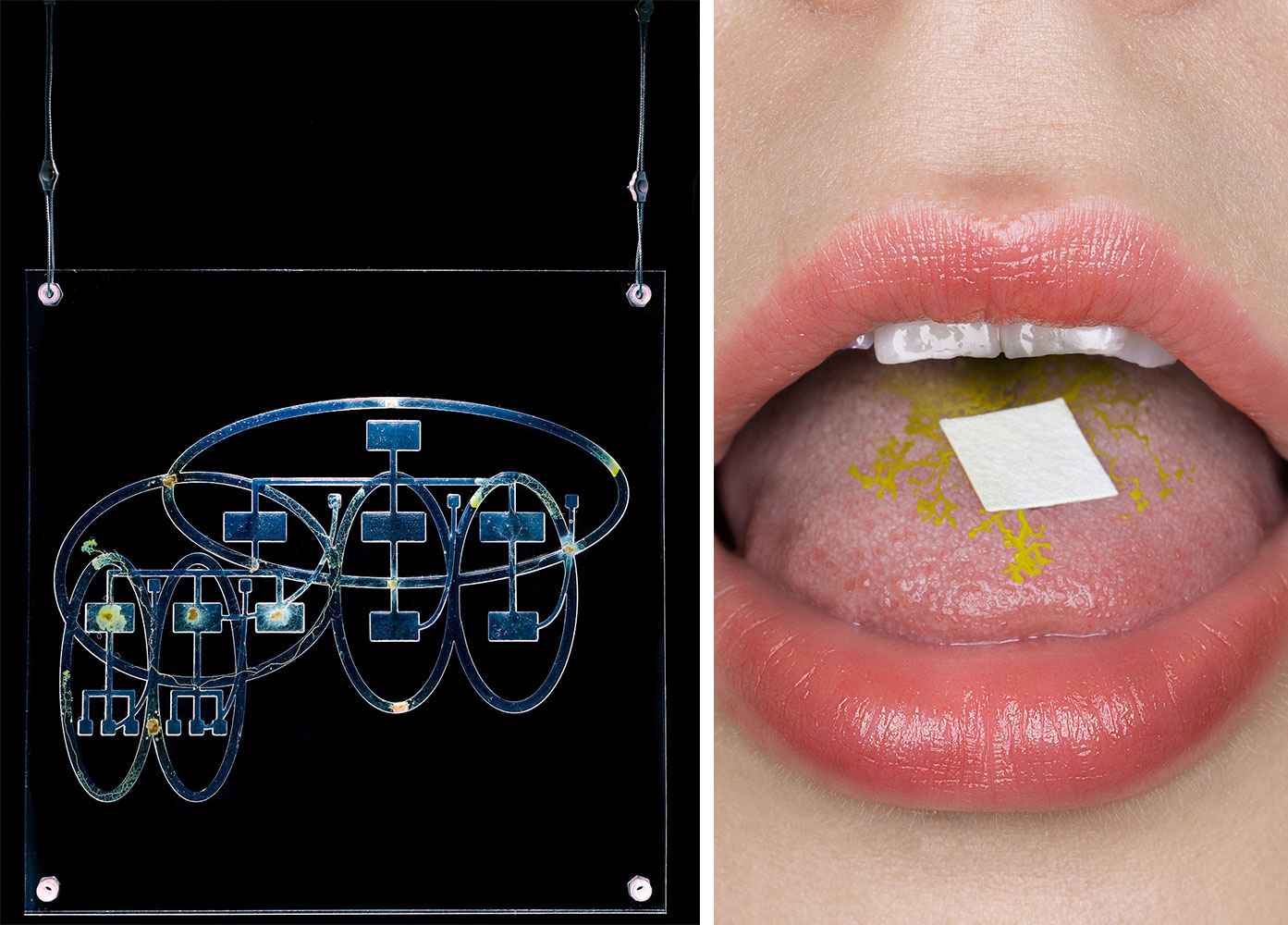
Right: Jenna Sutela, Many-Headed Reading, 2016, aluminium frame, 22 x 15 cm. Courtesy of the artist. Photo © Mikko Gaestel
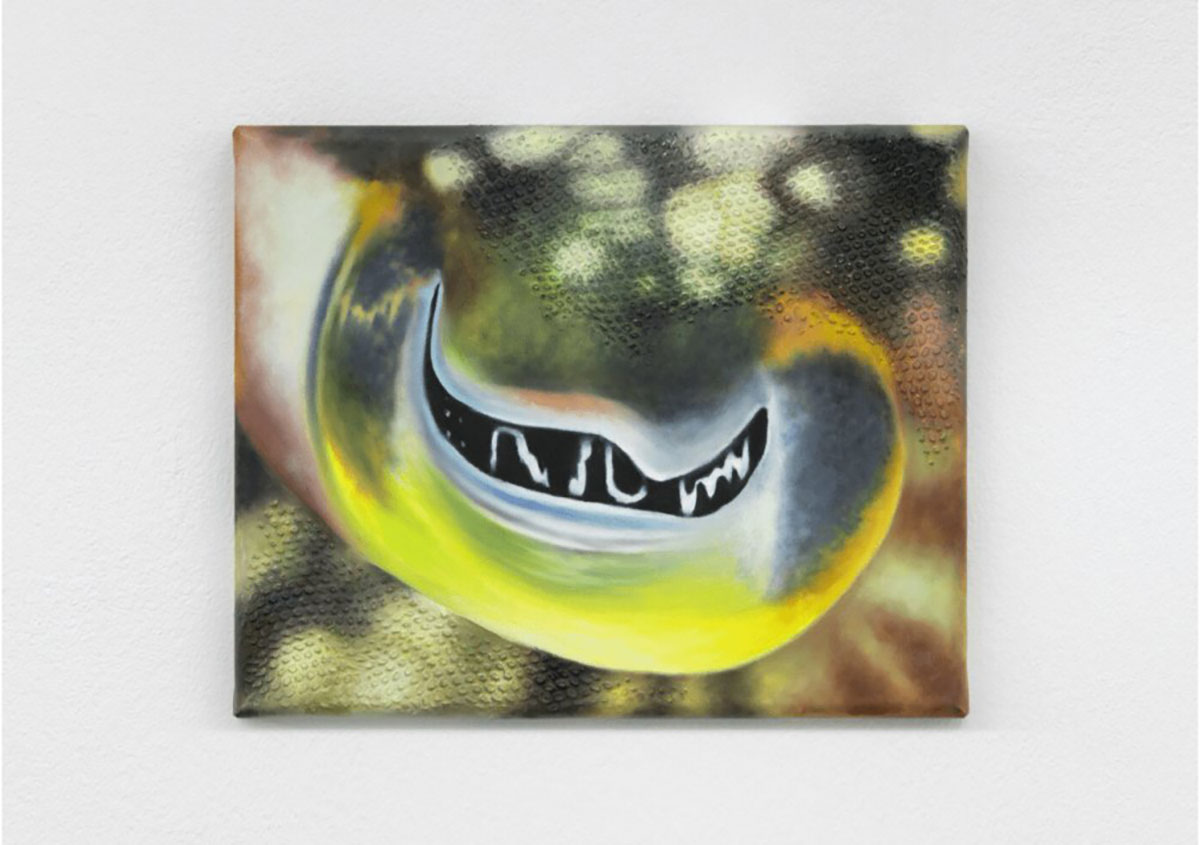
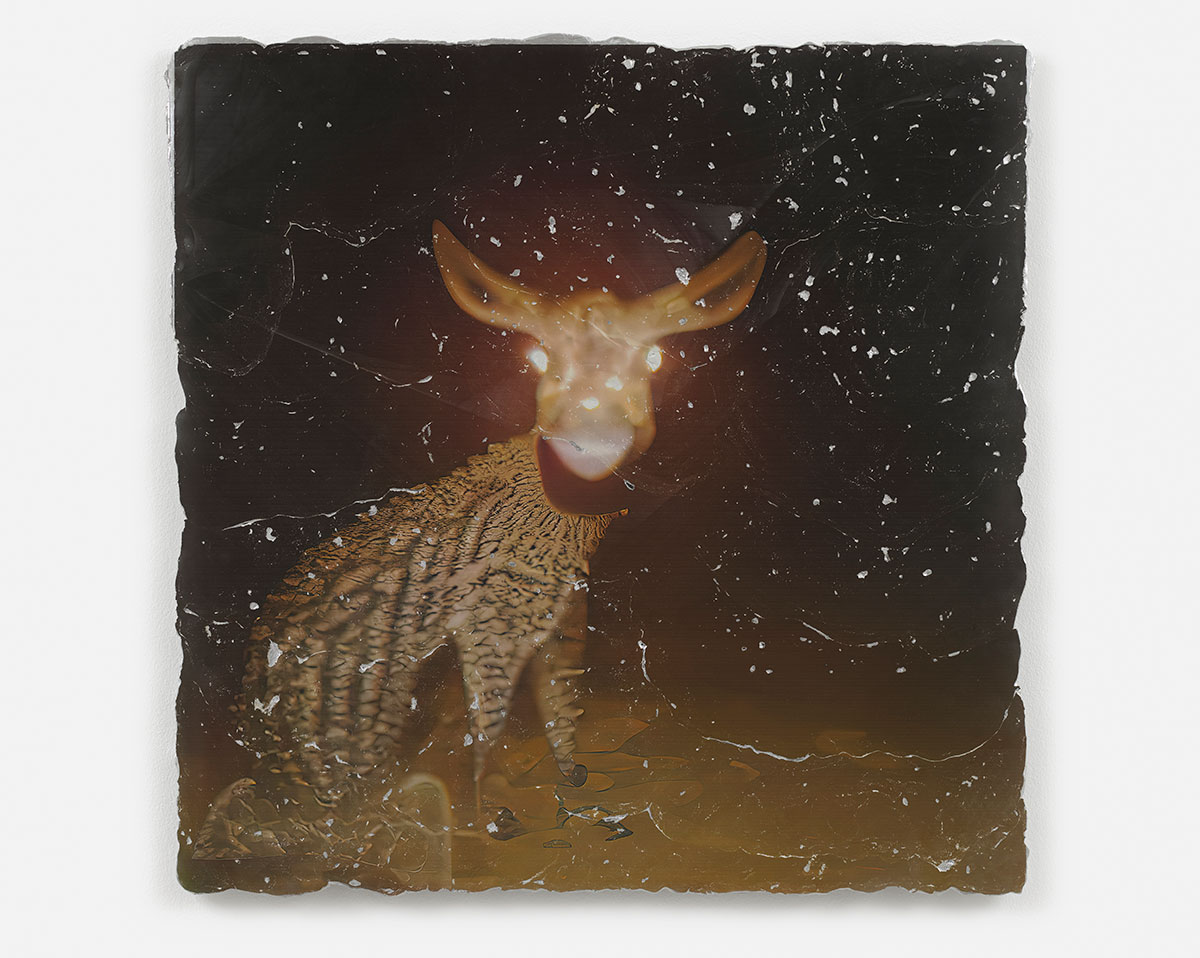
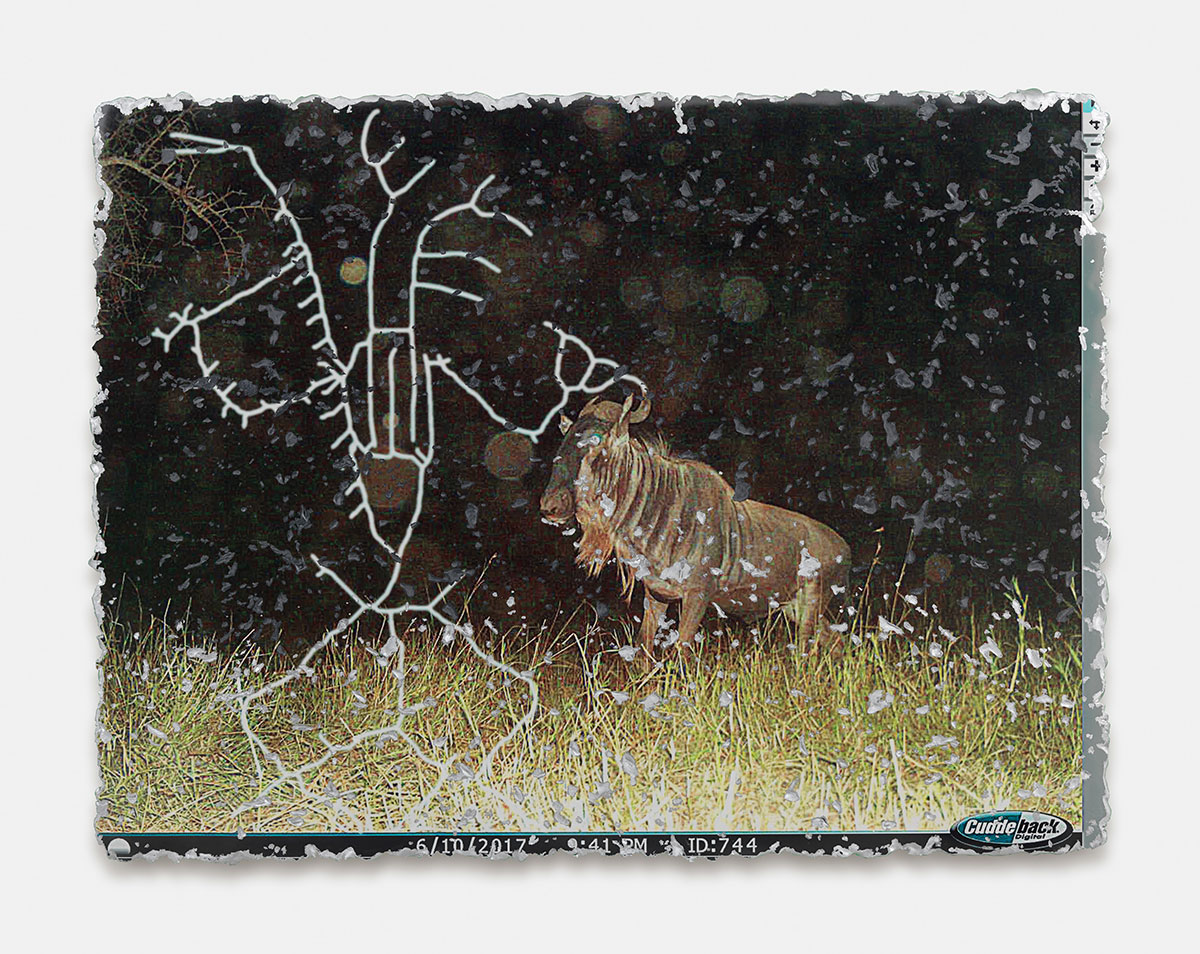
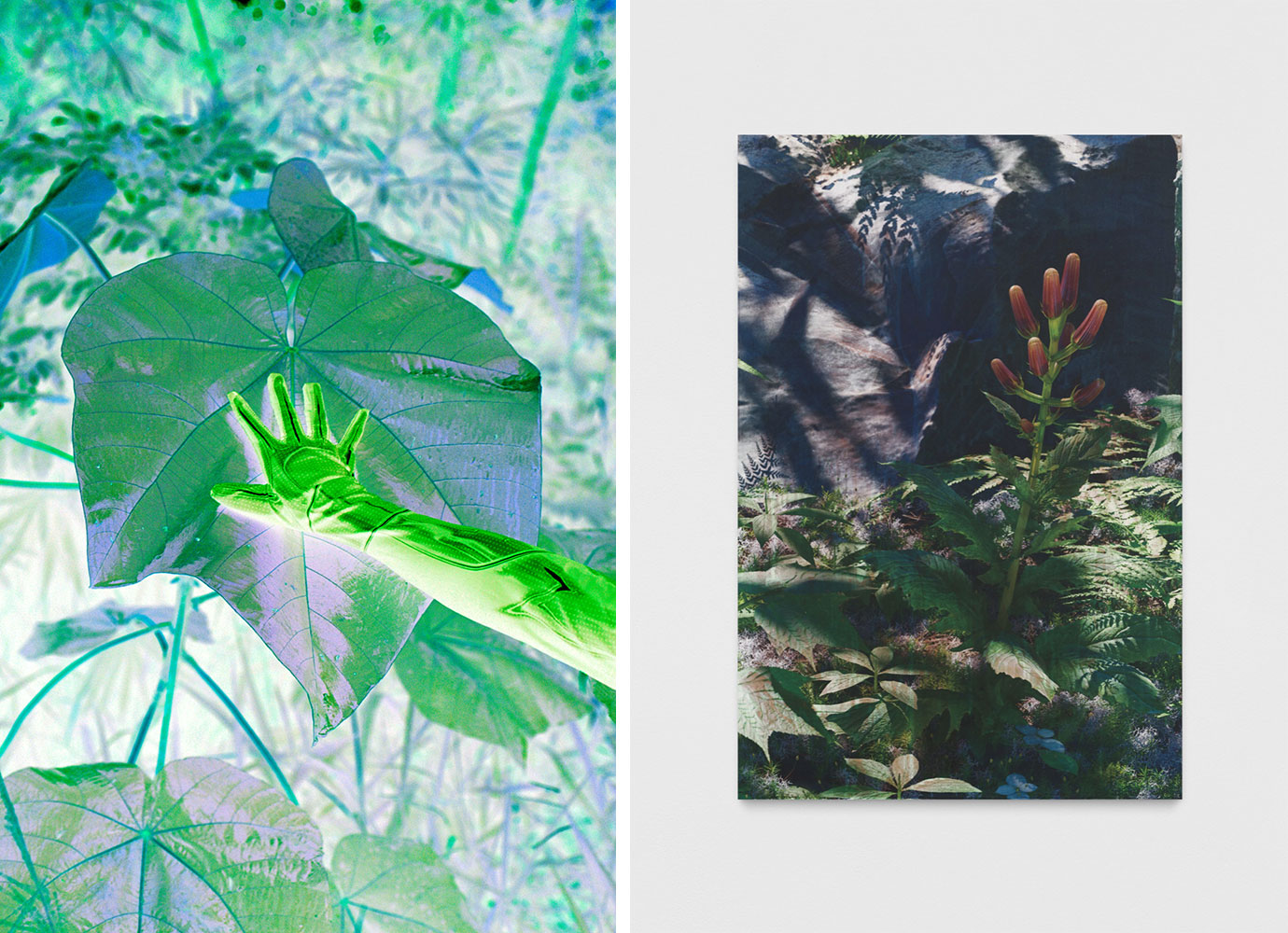
Right: Timur Si-Qin, Untitled (natural origin, 9), 2023, Custom aluminum dibond copper panel, gesso, UV-print, 99 x 66 x 3.2 cm. Courtesy the artist & Société, Berlin
